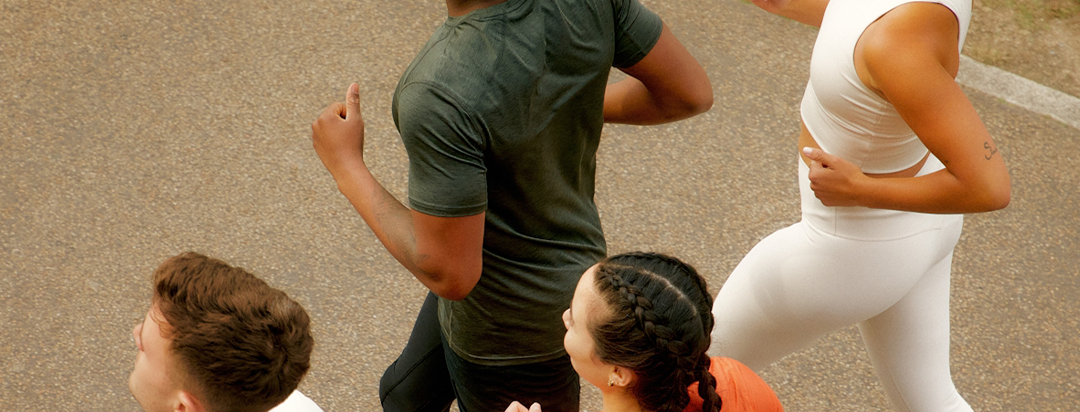

Lorem ipsum dolor sit amet, consectetur adipiscing elit ut liqua purus sit amet luctus venenatis, lectus magna.

Running is one of the most accessible sports in the world—just lace up and go. But for many, the solo aspect of running can be limiting. That’s where running clubs come in. These groups bring together runners of all backgrounds for shared workouts, races, and social interaction.
Whether you're a complete beginner or a seasoned marathoner, running clubs offer structure, motivation, and camaraderie that solo runs often lack.
At its core, a running club is a group of people who come together to run. That simple concept can take many forms. Some clubs are casual meetups that gather a few times a week, while others are formally organized with memberships, team gear, and coaching support.
Most running clubs follow some kind of weekly schedule, offering group runs at set times and locations. These can range from easy recovery runs to more intense speed sessions. Some clubs even travel together for races or organize their own events.
Running clubs aren't just for elite athletes or people training for marathons. In fact, many clubs make a point of being beginner-friendly. You'll often find pace groups tailored to different fitness levels, so nobody gets left behind.
There are clubs specifically for trail runners, night owls, early risers, parents with strollers, and even runners who prefer short jogs over long distances. The beauty of running clubs in today’s fitness landscape is their variety.
While running may start as a personal journey, joining a club can offer a wide range of benefits that extend beyond the physical.
Motivation
When you're part of a group, it's easier to show up—even on days when motivation is low. The accountability of knowing others will be there can make the difference between skipping a run and lacing up anyway.
Community and Connection
Running clubs are about more than mileage. They’re social spaces where people connect over shared goals and struggles. Friendships form, mentorships happen, and for many, the club becomes more than just a workout—it becomes a social outlet.
Improved Performance
Running with others can help push your pace, improve endurance, and keep your training consistent. Clubs often incorporate structured workouts, which can lead to noticeable gains over time.
Access to Resources
From coaching advice to race discounts, running clubs often come with perks. Many experienced runners in the group are happy to share tips on shoes, injury prevention, fueling, and training plans.
Some running clubs charge membership fees and offer access to coaches, training plans, and exclusive gear. Others are completely free and loosely organized via social media or apps. Some are affiliated with local running stores or race organizations, while others operate independently.
The key is finding one that fits your schedule, goals, and personality. Most clubs allow newcomers to attend a few trial runs before committing, which is a great way to test the waters.
Getting involved is usually simple. Many clubs have websites or social pages that post weekly run times and meeting locations. Just show up, introduce yourself, and join in. There's rarely any pressure to perform—just a shared commitment to putting in the miles.
Some cities also have apps or online directories that list local running groups. You might even find clubs based at your workplace, school, or gym.
Running clubs offer a valuable blend of structure, support, and community. They’re not about being the fastest—they’re about showing up, improving together, and making running a shared experience. For anyone looking to get more out of their runs, joining a club could be the perfect next step.


Explore our collection of 200+ Premium Webflow Templates